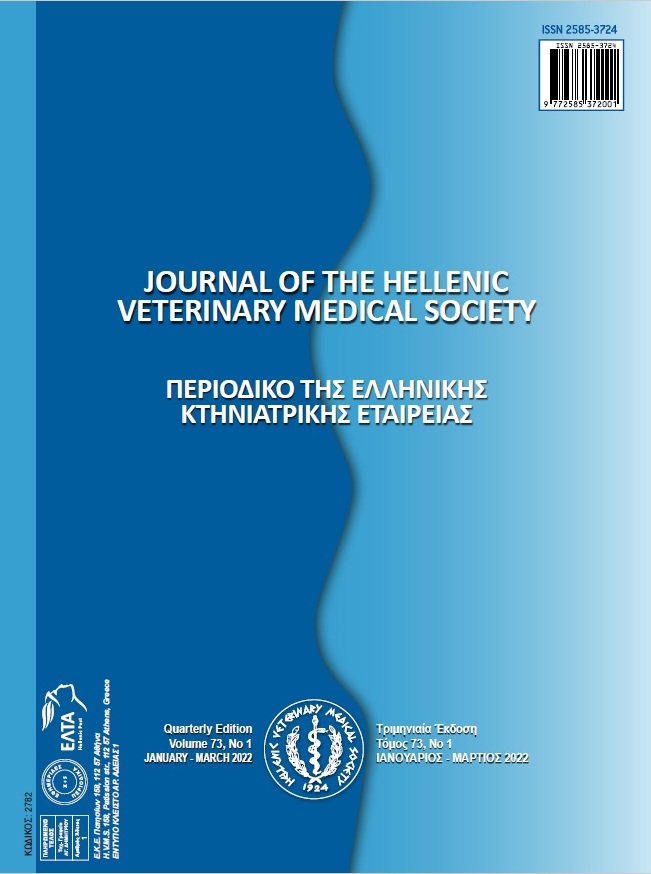Survey on the gastrointestinal parasites in Passeriformes and Psittaciformes with a focus on zoonotic parasites Survey on the gastrointestinal parasites in Passeriformes and Psittaciformes with a focus on zoonotic parasites
Abstract
Considering the increase in the keeping of pet birds and the importance of gastrointestinal parasitic infection, especially zoonotic parasites, this study was conducted to determine the prevalence of gastrointestinal parasites in different species of Passeriformes and Psittaciformes. In this study, one hundred and twenty fresh fecal samples were collected from different species of captive pet birds in Ahvaz from Apr 2021 to Aug 2021. The collected samples were analyzed using Clayton-Lane methods, Modified Ziehl–Neelsen, and Trichrome staining. Light microscopic morphometry was used for the identification of helminth eggs and oocysts. The results of this study showed that 37 samples (30.83%) were infected with gastrointestinal parasites. Among the helminthic parasites, three samples (2.5%) were infected with Hymenolepis spp.. Among protozoan parasites, 24 samples (20%) were infected with Eimeria spp., three samples (2.5%) were infected with Isospora spp., two samples (1.66%) were infected with Cryptosporidium spp., and five samples (4.16%) were infected with Giardia spp.. The results of the present study showed that the highest rate of gastrointestinal parasitic infection was in Passeriformes kept in pet shops and the prevalence of gastrointestinal parasitic infection was higher in the zebra finch, common mynah, and canary compared to other pet birds. But the highest rate of zoonotic parasitic infection was in Psittaciformes. According to the results, zoonotic parasites are present in pet birds in the Ahvaz area and should be considered by the owners of these pet birds, breeders, veterinarians, and public health organizations.
Article Details
- Come citare
-
Talazadeh, F., Razijalali , M., Roshanzadeh, N., & Davoodi, P. (2023). Survey on the gastrointestinal parasites in Passeriformes and Psittaciformes with a focus on zoonotic parasites: Survey on the gastrointestinal parasites in Passeriformes and Psittaciformes with a focus on zoonotic parasites . Journal of the Hellenic Veterinary Medical Society, 74(3), 6237–6245. https://doi.org/10.12681/jhvms.31398
- Fascicolo
- V. 74 N. 3 (2023)
- Sezione
- Research Articles

Questo lavoro è fornito con la licenza Creative Commons Attribuzione - Non commerciale 4.0 Internazionale.
Authors who publish with this journal agree to the following terms:
· Authors retain copyright and grant the journal right of first publication with the work simultaneously licensed under a Creative Commons Attribution Non-Commercial License that allows others to share the work with an acknowledgement of the work's authorship and initial publication in this journal.
· Authors are able to enter into separate, additional contractual arrangements for the non-exclusive distribution of the journal's published version of the work (e.g. post it to an institutional repository or publish it in a book), with an acknowledgement of its initial publication in this journal.
· Authors are permitted and encouraged to post their work online (preferably in institutional repositories or on their website) prior to and during the submission process, as it can lead to productive exchanges, as well as earlier and greater citation of published work.




